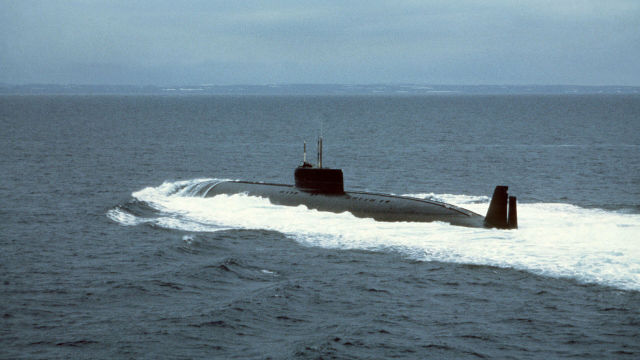MOSCOW, 18 Dec-RIA Novosti, Nikolai Protopopov. A huge speed, a titanium hull and a world record that has not been broken so far — on December 18, 1970, the experimental nuclear submarine of Project 661 "Anchar" accelerated under water to almost 45 knots (83 kilometers per hour). However, despite the successful tests, this nuclear-powered ship did not go into production and remained the only one of its kind. Why high-speed submarines were not useful to the fleet - in the material of RIA Novosti.
Underwater fighter
Before the maneuver at a depth of 100 meters, the crew turned off the emergency protection of the turbines so that they continued to work even at extreme conditions. With the power of nuclear reactors at 97 percent, the ship reached a speed of 44.7 knots (more than 82 kilometers per hour), despite the fact that the maximum for the technical project is 38.
No submarine in the world can do that. The ceiling of modern nuclear-powered ships is 35 knots. But the excessive zeal of the "ANCHAR" was side effects. So, at 35 nodes, the noise in the compartment of the central post of the submarine reached 100 decibels — this is comparable to the howling of a siren. Constantly being in such conditions is unbearable.
The turbulent flow along the sides created almost an airplane hum. The submarine lost its main advantage-stealth. From overloads, the hull was simply crushed in places by the incoming stream of water, the cabin doors and hatches flew out.
Nevertheless, the high-speed submarine was very much liked by the Navy command. "Anchar" was created as a hunter for aircraft carriers. A significant advantage in speed allowed the submarine to quickly take any convenient position for firing cruise missiles. At the same time, the submarine easily evaded the enemy's torpedoes.
After the tests, the ship was patched up and released into the sea again. in march 1971, they planned to set a new record, and the results were to be recorded not only by on-board instruments, but also by hydrographic vessels. The storm prevented: surface ships could not leave the port. But repeated tests still took place — the power of the reactors was brought to 100 percent, and the submarine repeated the previous achievement.
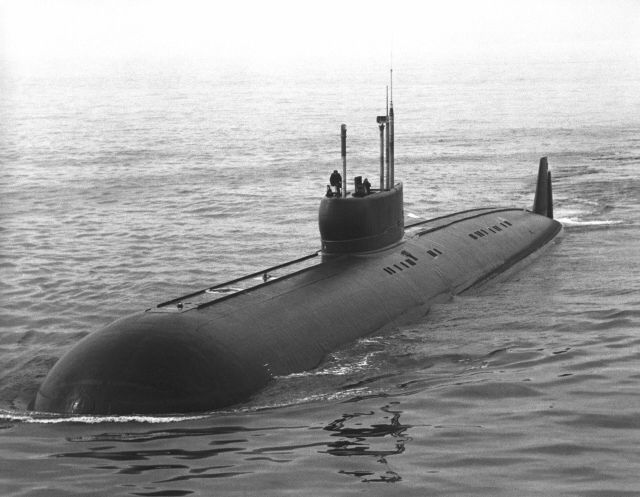
Soviet nuclear submarine K-222, Project 661 " Anchar"
image source: © photo : public domain
Technologies of the future
Project 661 started in the late 1950s, and actually from scratch-developers were forbidden to take as a basis existing equipment, equipment, automation systems. When designing the case, they chose between aluminum, steel and titanium. In the end, we decided on the latter.
"Titanium is non-magnetic and twice as light as steel, with the same thickness, this metal gave a gain in weight," explains RIA Novosti chief designer of nuclear submarines of the 1st and 2nd generations Radiy Shmakov. — It's also good because it doesn't rust. In fact, it turned out to be an eternal boat. If not for the accident with the circulation pump, it would have remained in service until now. But the first alloy turned out to be unsuccessful due to lack of experience. Cracks formed on the hull. Therefore, the depth of the dive was limited. On other titanium submarines, such as Project 705, there were no such problems."
"Anchar" was built according to a two-hull scheme, titanium plates and panels were welded in an airless environment in protective suits. The light cylindrical hull ended in a forked stern with propellers spaced five meters apart. The bow consisted of two compartments arranged in a figure of eight above each other. In total, the 107-meter submarine had nine isolated compartments. The crew is 80 people.
The submarine was equipped with the most advanced equipment at that time, many components and systems were tested at sea for the first time. In particular, telecommunications and fiber-optic complexes. Some units were fully automated, the autonomy of the boat reached 70 days.
"For example, to save compressed air, the main ballast tanks were only partially purged when surfacing, and then the engine was started from the fighter, which, with the deckhouse hatch open, brought the matter to an end, "said Rear Admiral Valery Filatov, who commanded the Anchar from 1985 to 1987.
As for weapons, five containers with Amethyst anti-ship missiles and four 533-millimeter torpedo tubes were placed in the bow along the sides. The missiles were launched from a depth of 30 meters and reached targets at a distance of up to 70 kilometers. The Anchar could deliver a massive strike with two volleys at three-minute intervals.
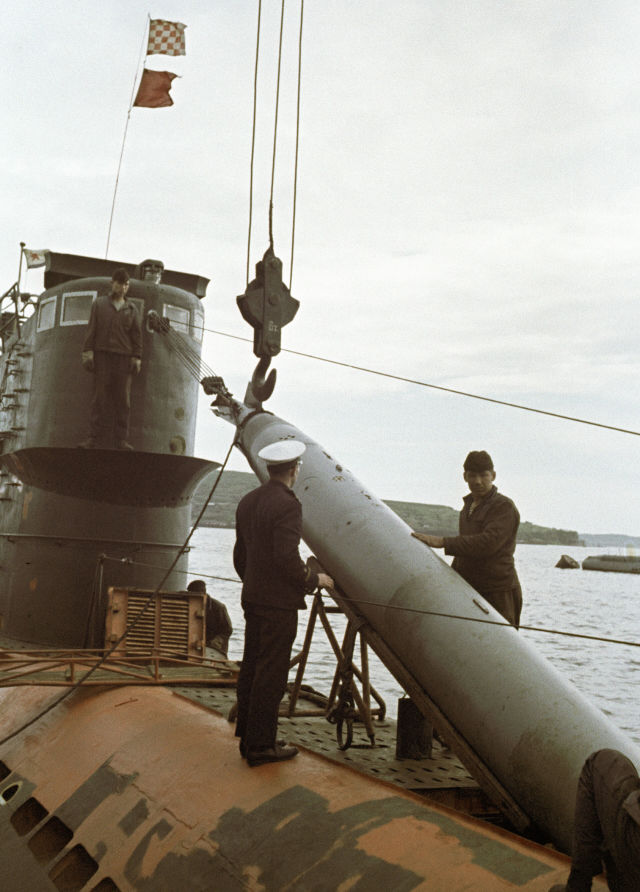
Submariners load a torpedo on a submarine
Image source: © RIA Novosti / N. Verenchuk
Problems and experiences
Due to the complexity of the project, the construction of the first titanium nuclear-powered ship took ten years. There were interruptions in the supply of titanium and components, the complexity of setting up on-board systems and numerous delays associated with the adoption of a new missile system. In the Northern fleet, "Oro" was included only in January 1970.
It was planned that the fleet would receive ten such submarines. But only one was completed and launched. "Anchar" turned out to be too expensive: according to various estimates, its cost was close to two billion Soviet rubles. For this, the submarine was even nicknamed "Goldfish".
In addition, the pilot operation revealed serious shortcomings of the missile system, numerous equipment flaws, weak reliability of the ship's units and difficulties with maintenance. It was considered impractical to deal with the upgraded version.
"The filling of the ship was made of different metals and alloys, often there was a pair of "titanium-metal", and when it came into contact with sea water, a chemical reaction was triggered, " Filatov notes. "The bolts, nuts, and everything they attached to the titanium hull from the inside were corroded. Tread protection did not always help. Even to the steel pier, this boat was not placed close, like others, but was separated by special spacers. Otherwise, the pier could simply rot. Cracks appeared in the hull, they had to be constantly boiled and drilled. In short, there were enough problems."
The experimental "Anchar" was almost constantly on the landfills and defended on repair bases, turning into a "guinea pig", which gave the fleet a lot of new technical solutions. The results of the tests of the unique submarine were taken into account when designing nuclear-powered ships of the 2nd and 3rd generations.
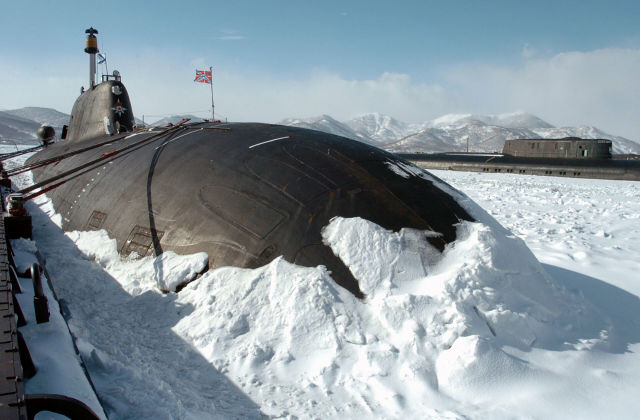
Nuclear multi-purpose submarine at the pier
image source: © ria novosti / vitaly ankov
And although during the service, the ship only twice went on combat patrol, it still managed to trump the unique characteristics. So, in 1971, "Anchar" became a participant in real races for survival in the Atlantic. the goldfish spotted the aircraft carrier uss saratoga and chased it from the greenland sea to the brazilian trench. the americans were trying their best to break away from the unknown submarine, which was playing with them like a cat with a mouse.
"in the last exit, we broke the centrifugal pump on one of the reactors, twisted the shaft head," recalls the rear admiral. — we did 222 miles, but we had to go back to base. So she stayed there."
At the mooring wall, the submarine stood for 25 years — in 2010, it was cut into scrap metal.
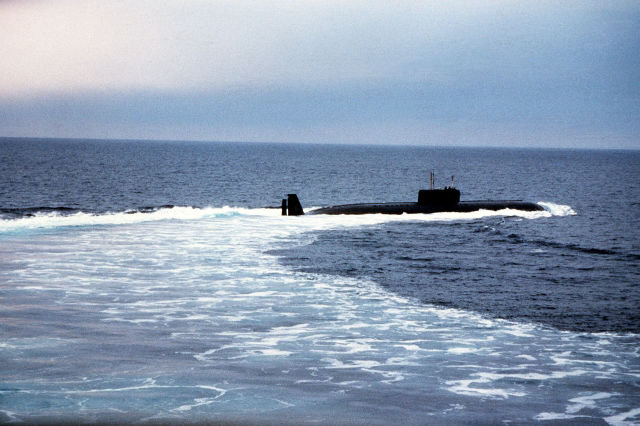
Project 661 Anchar submarine"
Image source: © Photo : public domain
